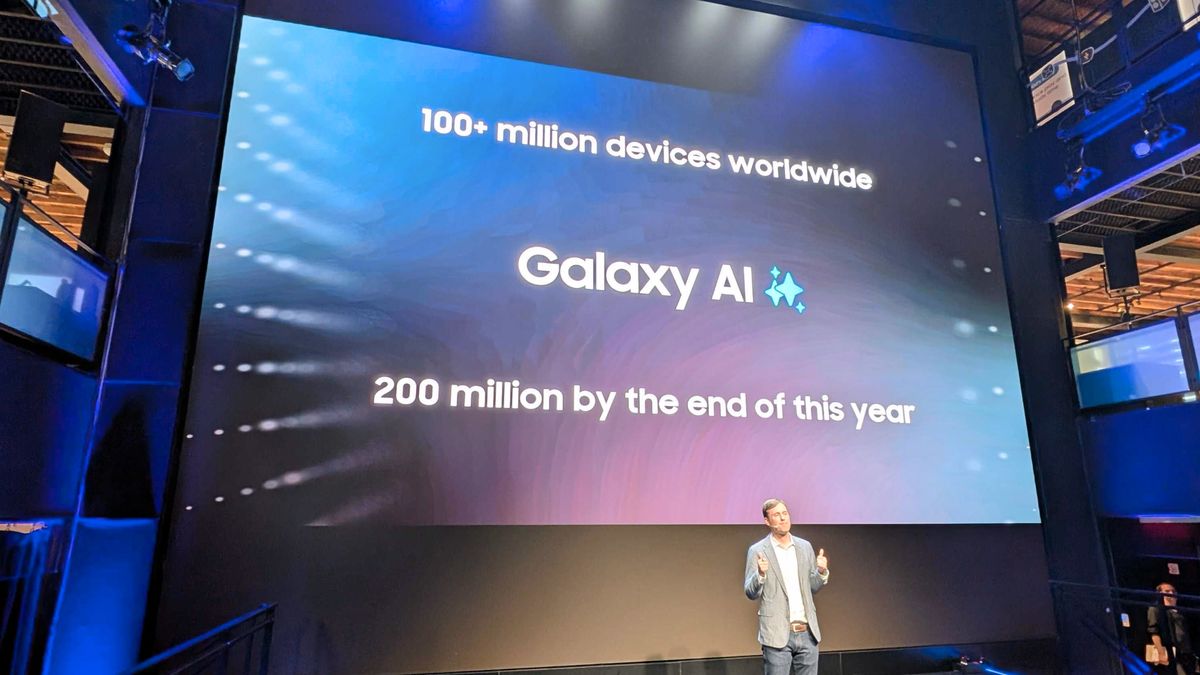left to right] Legal counsel Roimata Smail, Val Rippey Head
of 156 home support kaimahi at Te Kōhao Health, Lady
Tureiti Moxon (Lead claimant) and Legal counsel Sepora
Cassidy. (Photo/Supplied)
Multiple
systemic barriers within Whaikaha and the Accident
Compensation System that impact whānau access to homecare
from Māori providers have been revealed before the Waitangi
Tribunal in the last 48 hours.
Lawyers representing Lead
Claimant Lady Tureiti Moxon, Managing Director of Te Kōhao Health
and Chairperson of the National Urban Māori Authority
drilled down to policy detail finding numerous areas of
concern.
Responses under cross-examination by senior
government official witnesses in WAI
2910, the homecare claim exposed where, how and why
Māori clients are prejudiced due to barriers that require
urgent reform.
“We’ve been listening to the
witnesses talk about a Treaty relationship yet when you
delve deeper it confirmed yet again that the Crown is not
meeting its obligations arising out of the Treaty
relationship,” says Lady Tureiti Moxon.
“The
set-up of the State-run system continues to perpetuate a
lack of choice and control for injured or disabled Māori
people and their families contradicting the Crowns public
claims.”
“Even from our experience at Te
Kōhao Health we have only been sub-contracted by ACC for
the last decade and never as Leader Provider, yet we serve
thousands of whānau Māori in
Hauraki-Waikato.”
“Despite what Crown websites say
about ‘system
transformation and enabling good lives’ in reality,
Māori needing homecare from Māori providers they elect
through their own volition cannot due to the
system.”
The hearing revealed more questions than
answers about data integrity after Ms Amanda Bleckmann,
Deputy Chief Executive of Whakaha for Commission, Design and
Delivery could not confirm the numbers.
Legal counsel,
Ms Roimata Smail said, “I’ve gone through the list of 54
providers, 17 were Māori but I have no idea how many Māori
clients they have.”
It led to Judge Stone asking
Whaikaha to provide current figures on how many Māori
receive ACC homecare because the figure of 12% supplied in
evidence could not be verified.
Out of 3,114 Māori
Whaikaha says receive individual funding (IF) support – to
give them more choice in how they are supported to live
their lives – it could not say if any are receiving IF
from a Māori provider.
Ms Bleckmann also admitted,
“we do not have a consistent way to identify kaupapa Māori
providers.”
The Accident Compensation Act 2001 in
its current form is another barrier because rongoā is not
considered a recognised treatment of providers so ACC holds
the power to fund it at its discretion.
The Tribunal
heard another “glaring
issue” that Māori organisations are
generally sub-contracted by large Pākehā service
providers as this has been the only way they have been able
to participate in the provision of care to Māori under
ACC.
It means they are not equal contractually
or financially by comparison.
Megan Main, Chief
Executive of ACC when challenged, “the
buck stops with you” about the outcome responded,
“it’s not an unusual model in a national tendering
approach”.
When asked to comment about the calibre
of Māori providers being the gold standard, Ms Main said,
“I
wouldn’t want to make a blanket
statement”.
She was reminded by legal
counsel about the record in the Hauora Inquiry that included
submissions by the former Director General of Health Sir
Ashley Bloomfield that “recognised Māori providers as the
benchmark”.
While Ms Main confirmed that the ACC
created the first Māori Tier Two role in 50 years. It
also changed the centralised structure of a core equity team
at ACC of 30 Māori roles.
The rōpū was restructured
and dispersed across the organisation in late 2023 further
weakening the Māori voice, not strengthening it.
Now
the dedicated ‘equity role’ covers all minorities and is
held by a Tier Three Manager that is expected to influence
her Tier Two superiors. There is no specific role
responsible for addressing inequity suffered by
Māori.
Ms Val Ripley Head of 156 home support
kaimahi at Te Kōhao Health attended the hearing with Lady
Tureiti Moxon. She provided lived experience evidence in the
briefs filed by the Māori health and services
provider.
© Scoop Media
Advertisement – scroll to continue reading





















Discussion about this post